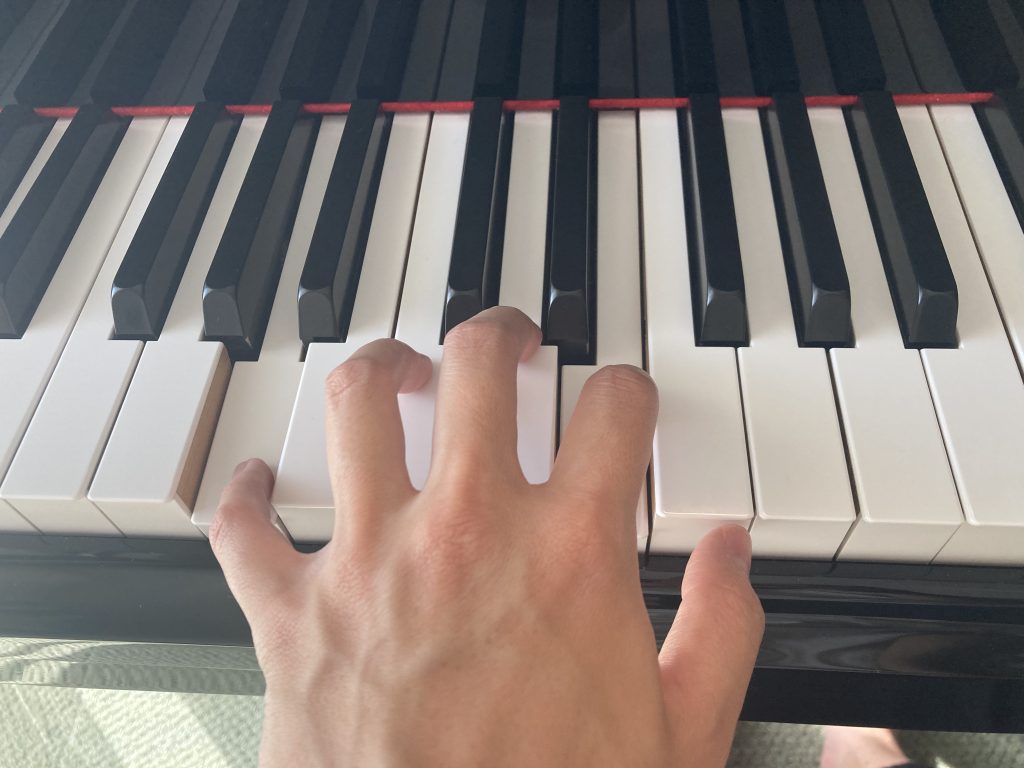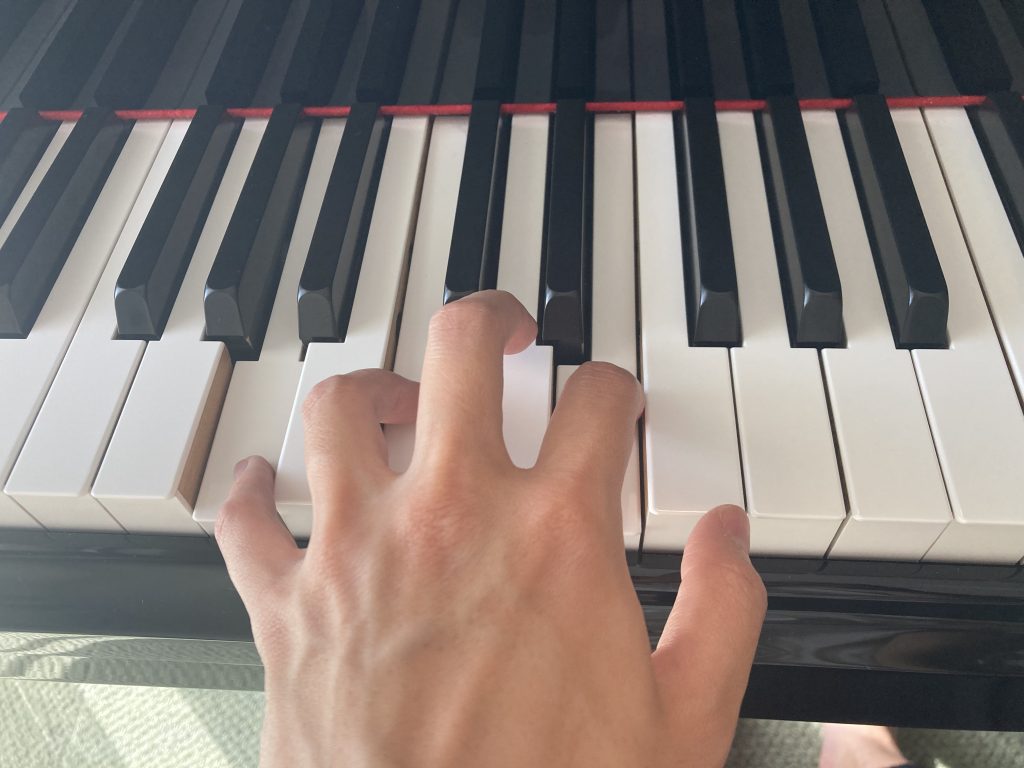Lately, I have been working on a simple and steady practice in order to review techniques from the basics. There’s nothing wrong with playing your favorite works as much as you like, as I’ve been doing since my college days, but that won’t expand my repertoire at all. I no longer choose works that they are not good at or are famous for, but choose ones that are easy to play or that few people know about and where mistakes are less obvious, and I naturally avoid “classic” works. “Why don’t I go out of my way to play it? (I’m just not confident). ”
It’s not justice to play classic works, but since I work as a piano teacher, I can’t avoid classic works, and I definitely want to have them in my repertoire.
And above all…I want to get better! I want my students to get better, but more than anything, I want to improve myself! ! !
I want not to feel any technical barriers to any work. I want to be able to perform any work stably based on technique.
This is what I felt after participating in competitions over the past two or three years.
Putting aside the pros and cons of competitions, personally, I would like to once again acquire proper techniques that will give me a positive evaluation in competitions. I realized that in competitions and other scoring situations, it is a prerequisite that I have solid playing technique. Without good techniques, my expressions will not be seen. I can’t compete with the performance I want. No matter how interesting your expressions are, they will always end up saying, “Well, the technique isn’t good enough.” Again, this is just my own case.
The collection of exercises I chose in consultation with my teacher is J.Pišna《60 Progressive Exercises》.
The main issue is “independence of fingers.” “Finger independence” means that each of the five fingers can move as desired without interference from surrounding fingers. When we think of finger independence, we often think of training the fingers and muscles, but that is not the case.
The fact that the fingers can move as desired means that the commands from the brain are transmitted without delay and the fingers can move as instructed. For example, if we break down the movement of playing “D♭ with the 3rd finger”, we can say “the ① 3rd finger plays ② D♭ with ② p , ④ legato , and ⑤but the sound does not overlap with the notes before and after.” In most cases, the instructions are in about 5 levels. The act of playing the piano is to process these notes in less than a second (and the notes come one after another!), but each finger has its own ability to respond properly to these commands.
The five fingers face in slightly different directions, and have different lengths and thicknesses. The frequency with which they are used in everyday life also differs. The way the tendons are connected is also different.
“Finger independence” exercises are used to overcome these differences and still allow the fingers to fit into the instructions exactly as expected.
In this etude, we set a task for each two or three fingers, especially to see if they can move the finger they want to use without interference from other fingers, and have them play the same note shape repeatedly. It is designed to be worn with.



While holding two or three fingers like this, move the other fingers. In particular, my 3rd and 4th fingers may not be able to function independently, but it doesn’t mean I can’t play, but it feels strange when I play. It really feels like I’m not connected to my brain in the shortest possible way. Even though I’m giving commands to the 3rd finger, it seems like it’s deviating from the other fingers as well, or it’s a little slow. When I see it with my eyes, the 3rd finger is moving correctly, but in my mind it’s not. like…….
I have completed about 5 assignments so far. I’m already starting to feel less uncomfortable, and even when I’m playing other works, I sometimes find myself thinking, “Wow, I can play this work really easily.” It’s like a medicine that pinpoints what I’m not good at. However, it is very important to use this “medicine” only every day and to follow the directions for use, so I would not recommend it to people who are self-taught to play the piano. For now, I recommend it for those who can use it correctly under the guidance of an instructor, those who feel comfortable with simple practice (lol), and those who have a specific problem.
Anyway, even though I’ve been playing the piano since I was 6 years old and have done etudes such as Hannon and Czerny, I still feel like “My fingers are not independent” …